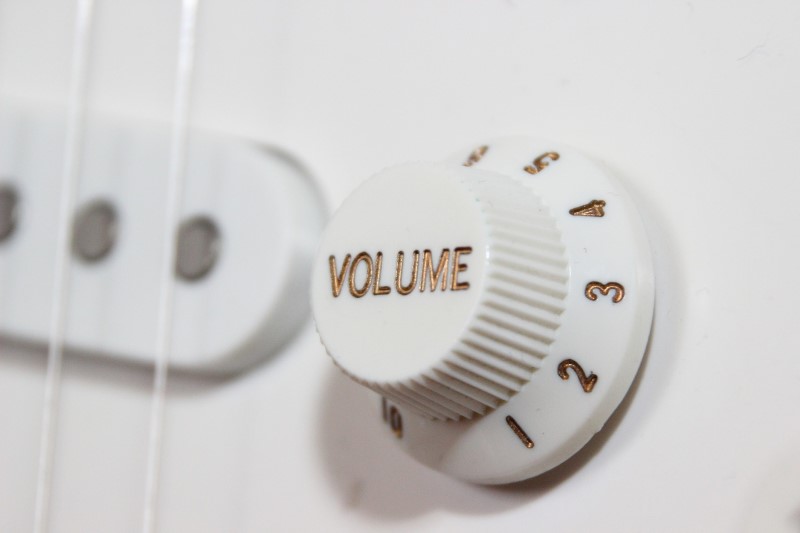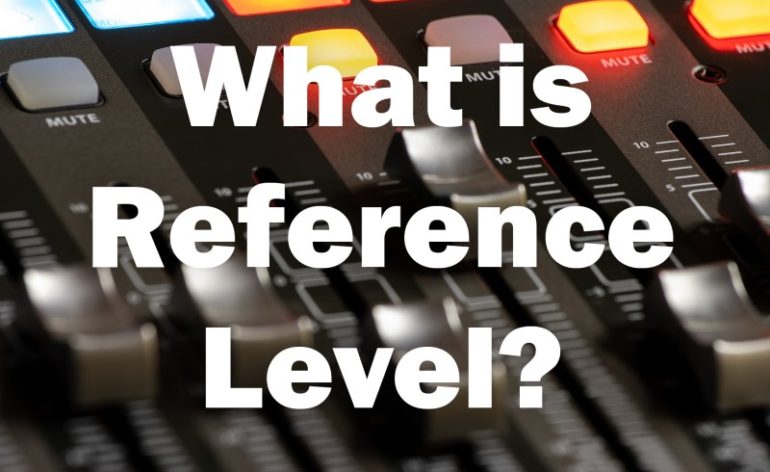What is Reference Level?
Spend any amount of time around AV or home theater enthusiasts, and you will most likely hear the term “reference level”. But, what is “reference level,” why is it essential for your setup, and is it hard to achieve? To be honest, reference level is a fairly simple concept that often gets misused. So let’s get to it!
Reference Level Defined
In the broadest terms, reference level is an agreed-upon standard that media is recorded and mastered to meet. The reference level standard ensures that media is played back at the same volumes and dynamics. This assumes, of course, that those systems are calibrated to meet that standard. So, if I have calibrated my system to “Reference Level” and play a movie on it, it should sound similar in terms of volume and dynamics on my friend’s reference level calibrated system. This should be true if my theater is very small and theirs is very large. It should also be true if you go to a movie cinema as long as they are playing back at reference level (many theaters don’t).
But what does that mean in real-world terms? THX reference level mixes the main channel tracks at an average of 85dB with 20dB headroom. The subwoofer or LFE is mixed 10dB louder (95dB with peaks up to 115dB). Why? Because bass is a little harder to hear and it just sounds better. This means, if you set your volume dial at 0dB on your receiver, you should get 85dB continuous out of your speakers (95dB for your subwoofers) with peaks up to 105dB (115dB for your subs). That’s if the content was mastered to reference volume. More on that in a bit.

Is Reference Level Different in My Home Theater?
Calibrating your home theater and a commercial theater is essentially the same, just the scale is different. In your home, you are concerned with a select number of seats, and almost all are at similar distances from the speakers. In a commercial theater, you need to calibrate for a huge space and the distances change based on where you sit. But the goal is to get the volume to be as close to that 85dB standard no matter where you sit. So I would guess that the major difference is the number of measurements taken to ensure uniformity in a commercial setting.
Where the difference between your home theater and a commercial theater lies is reference volume. In the theaters, they pick a volume (hopefully reference level but sometimes not) and leave it there. In the home theater, we change it continually based on our content.
And this is important. You can calibrate your AV receiver so that 0dB on the volume dial will give you reference level volume. But that doesn’t mean that all the content you play is mastered to that same level. Think of watching cable TV. Are the commercials the same volume as the shows? No! Many of the discs you buy will be mastered to reference level, the streaming, cable, and other sources are held to no such standard. That’s why you shouldn’t be surprised if you turn the volume down on many of those sources.
How Do I Set Reference Level?
Easy! If you have a modern AV receiver with any form of room correction, it’s as simple as setting up your mic and taking the prescribed number of measurements. All those chirps and thumps will feed data into your receiver and, based on those, will determine the trim levels (and distances) to set each speaker. Now, that chirp is NOT at 85dB because, honestly, 85dB is very loud. It is usually at 75dB just so that being in the room while the measurements are happening isn’t unbearable. But, after, if you were to play a disc with a test tone, it should read 85dB when you set your volume dial to 0dB.
Don’t have a modern receiver or room correction? No issues. We have a guide for that! Your receiver likely has test tones built-in. Get yourself an SPL meter, set to C weight, place it in your main listening position (preferably on a stand of some sort), and play the test tones. Make sure you set your volume dial to 0dB. The microphone should be pointed straight up at the ceiling. Adjust each speaker trim level until you read a steady reading of 75dB from every speaker (including the subwoofers). Measure the distance from the listening position to each speaker and you’re done!

Why Do I Care About Reference Volume?
So let me get this straight: You just told me that sound engineers are supposed to mix movies to very exacting standards. Yes, I did. And those standards are meant to reproduce the film as the director and mixers intended. Yup! So I should just fix my volume knob to 0db and remove it! Nope!!!
First off, reference level/volume is loud! Have you been to an IMAX theater? They are much more likely to run at reference volume. Have you ever thought, “Hey, this IMAX is great and all, but I wish it were LOUDER!” I didn’t think so. In my theater, reference volume is painful. I typically listen to my movies at -15 to -10db on my volume dial.
Second of all, it’s a standard and not a law. If you have ever watched a Christopher Nolan movie, you will quickly realize that Nolan does what he wants. He describes his mixing style, quite accurately, as audio chaos! As I mentioned before, other types of content don’t adhere to this standard at all. This lack of an enforced standard means you can’t just assume that all content, even those on discs, is mastered correctly. Use your ears and set the volume to what makes sense in your room.
Wrap Up
Hopefully, this article has explained what reference level and reference volume are and why they are essential. By calibrating your system to reference level, you ensure that you are getting a consistent yardstick by which everything (kinda) measures against. While it won’t guarantee that every movie or tv program is mastered to the same standard, it gives you a pretty solid baseline.



It seems to me that people are confusing “reference level” when used to EQ a room with playback level, as you have explained. I just listened to Bright Side home theater (for lack of something to listen to) and DJ seems to think this way. I understand how the faulty conclusion is reached, but preaching )db playback is crazy!